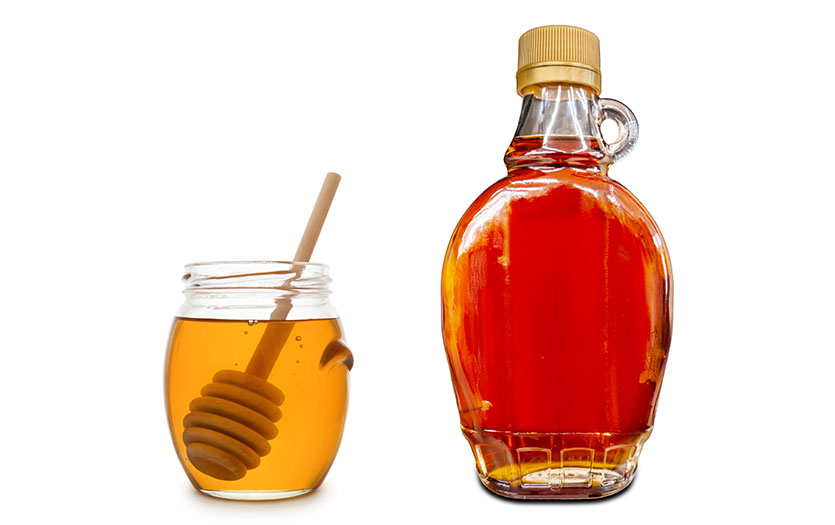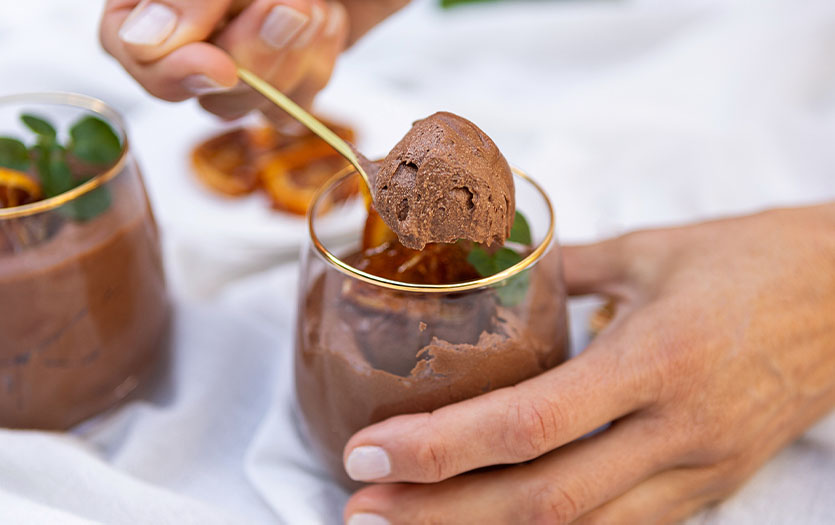Andrea Miller, RDN, registered dietician, diabetes care and education specialist, Parkview Bryan Hospital, talks about how to incorporate sugar-free foods into a diabetes-friendly meal plan.
By definition, a free food is any food that contains less than 25 calories per serving and has little to no carbohydrates.
Some “free foods” include:
- A half cup of cooked non-starchy vegetables
- One cup of uncooked non-starchy vegetables
- Unsweetened coffee and tea
- Zero-sugar sodas
- Spices
- Sugar-free condiments
- Sugar-free Jello
- Sugar-free popsicles
- Sugar-free gum
You must be careful, as not all sugar-free foods are free foods. Some examples of sugar-free foods that are not truly free are:
- Sugar-free cookies
- Sugar-free ice cream
These foods contain other ingredients that increase the calorie and carb content, like butter, milk and flour.
With all foods, whether sugar-free or not, portion control is still important. Many free foods contain nonnutritive sweeteners and sugar alcohols to make them taste sweet. Some examples of nonnutritive sweeteners include:
- Aspartame
- Saccharin
- Sucralose
- Stevia
- Monk fruit extract
- Xylitol
- Erythritol
- Sorbitol
All of these sweeteners are safe to use in moderation and are approved by the Food and Drug Administration (FDA), or are generally recognized as safe for human consumption. However, the World Health Organization (WHO) recommends limiting these products as they're not shown to help prevent weight gain, and they're not shown to help prevent non-communicable diseases such as diabetes, heart disease and cancer.
So, the next time you're craving something sweet, whether you choose to sweeten it naturally or artificially, it's best to do so in moderation.



